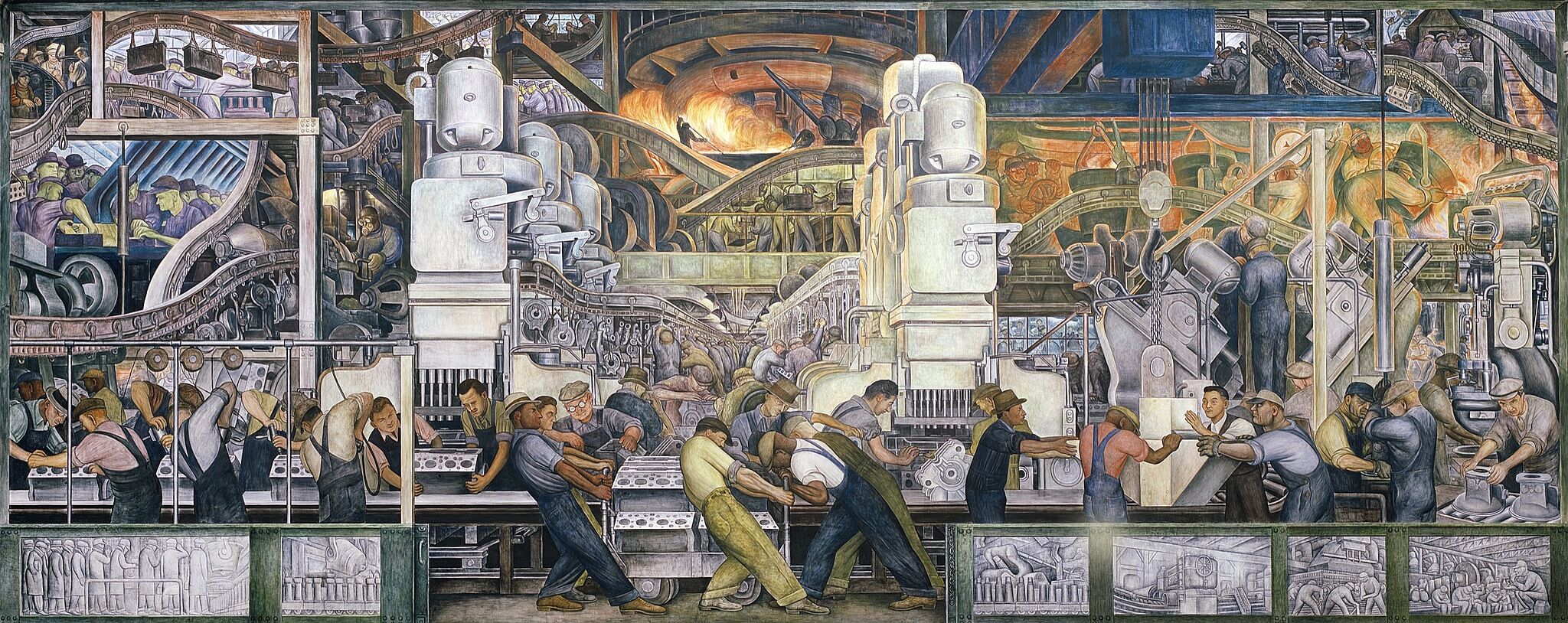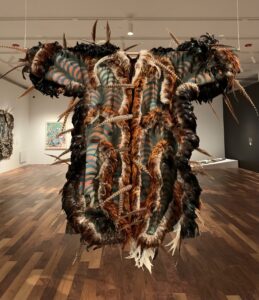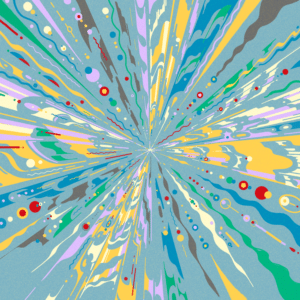Although the Whitney Museum is temporarily closed, “Vida Americana: Mexican Muralists Remake American Art, 1925–1945,” can still be explored online. The monumental exhibition chronicles the extensive, cross-border creative exchange that occurred between Mexican and American artists during the two decades following the Mexican Revolution.
Direct juxtapositions of works by José Clemente Orozco, Diego Rivera, and David Alfaro Siqueiros—or “Los Tres Grandes”—with those of U.S.-based artists, including Jackson Pollock and Charles White, make clear the immense stylistic and ideological influence that Mexican muralists imparted on their American peers who were inspired “to create epic narratives about American history and everyday life and to use their art to protest economic, social, and racial injustices.”
The Mexican Revolution, a bitterly fought struggle that ended in 1920, left a multiethnic society fractured. As part of its ambitious agenda, the reformist government that consolidated power in the 1920s used public art to unify the country. President Álvaro Obregón’s administration commissioned murals depicting Indigenous Mexicans, farmers, and revolutionary Zapatistas for the sides of the most prominent civic buildings. Leading muralists Diego Rivera, José Clemente Orozco, and David Alfaro Siqueiros, known as “Los Tres Grandes,” combined Renaissance fresco techniques with modernist forms and leftist iconography. They formed a template for postrevolutionary art that included Rivera’s classical style of composition, which borrowed from both cinematic montage and pre-Columbian sculpture; Orozco’s expressionistic mythography; and the dynamic approach to representing three-dimensional space that Siqueiros called “polyangular perspective.”
This politically radical avant-garde inspired a generation of young painters based in the United States who made pilgrimages to Mexico, worked as assistants to Mexican artists, and created murals in both countries. The standard narrative of American painting has long focused on the notion of European-influenced modernism erupting into postwar Abstract Expressionism. But this potted history obscures the work of diverse artists who pursued figurative modes between the 1920s and ’40s and looked to Mexico City as much as to Paris for models to emulate. This Pan-American inheritance is restored in the Whitney Museum’s monumental exhibition “Vida Americana: Mexican Muralists Remake American Art, 1925–1945.”







